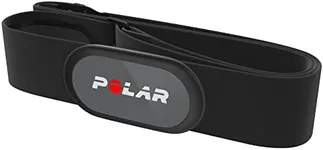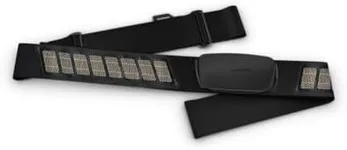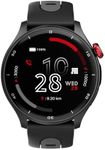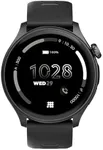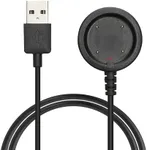Buying Guide for the Best Heart Monitors
Choosing the right heart monitor can be a crucial decision for your health and fitness journey. Heart monitors help you keep track of your heart rate, which is essential for managing your workouts, monitoring your health, and even detecting potential health issues early. To make an informed decision, you need to understand the key specifications and how they align with your personal needs and lifestyle. Here are the main specs to consider when selecting a heart monitor.AccuracyAccuracy refers to how precisely the heart monitor can measure your heart rate. This is important because accurate readings ensure you are getting reliable data about your heart health. Heart monitors can vary in accuracy, with some offering clinical-grade precision while others may be less precise. If you need the monitor for medical reasons or high-intensity training, opt for a model known for high accuracy. For general fitness tracking, a slightly less accurate model may suffice.
Type of MonitorHeart monitors come in different types, such as chest straps, wristbands, and finger sensors. Chest straps are typically the most accurate and are ideal for serious athletes or those needing precise data. Wristbands are more convenient and comfortable for everyday use but may be slightly less accurate. Finger sensors are easy to use but are generally less reliable for continuous monitoring. Choose the type that best fits your lifestyle and accuracy needs.
ConnectivityConnectivity refers to how the heart monitor communicates with other devices, such as smartphones, fitness apps, or smartwatches. This is important for tracking and analyzing your data over time. Some monitors use Bluetooth, while others may use ANT+ or Wi-Fi. If you want to sync your data with fitness apps or other devices, ensure the monitor is compatible with your preferred platforms. For those who prefer standalone devices, connectivity may be less of a concern.
Battery LifeBattery life indicates how long the heart monitor can operate before needing a recharge or battery replacement. This is important for convenience and ensuring the monitor is always ready to use. Battery life can range from a few hours to several months, depending on the model and usage. If you plan to use the monitor frequently or for long periods, look for one with a longer battery life. For occasional use, shorter battery life may be acceptable.
Comfort and FitComfort and fit refer to how the heart monitor feels when worn and how well it stays in place during activities. This is important because an uncomfortable or poorly fitting monitor can be distracting and may not provide accurate readings. Chest straps should be adjustable and made of soft materials, while wristbands should be lightweight and snug. Try on different models if possible to find one that feels comfortable and secure for your intended use.
Additional FeaturesAdditional features can include things like GPS tracking, waterproofing, and advanced metrics like VO2 max or heart rate variability. These features can enhance the functionality of the heart monitor and provide more comprehensive data. If you are an athlete or someone who enjoys outdoor activities, features like GPS and waterproofing may be important. For those focused on overall health, advanced metrics can offer deeper insights into your fitness level and heart health.
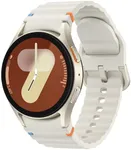
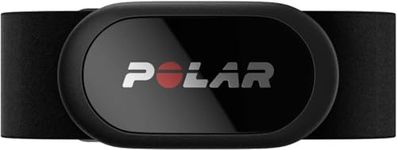

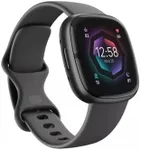
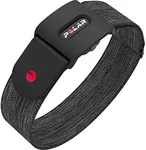
![Apple Watch SE (2nd Gen) [GPS 40mm]](https://images-proxy.bestreviews.guide/gIc_y3Y6nmBzRfPor5-bBc5xoU0=/0x150/https://m.media-amazon.com/images/I/41NUC0192NL._AC_CX679_.jpg)
